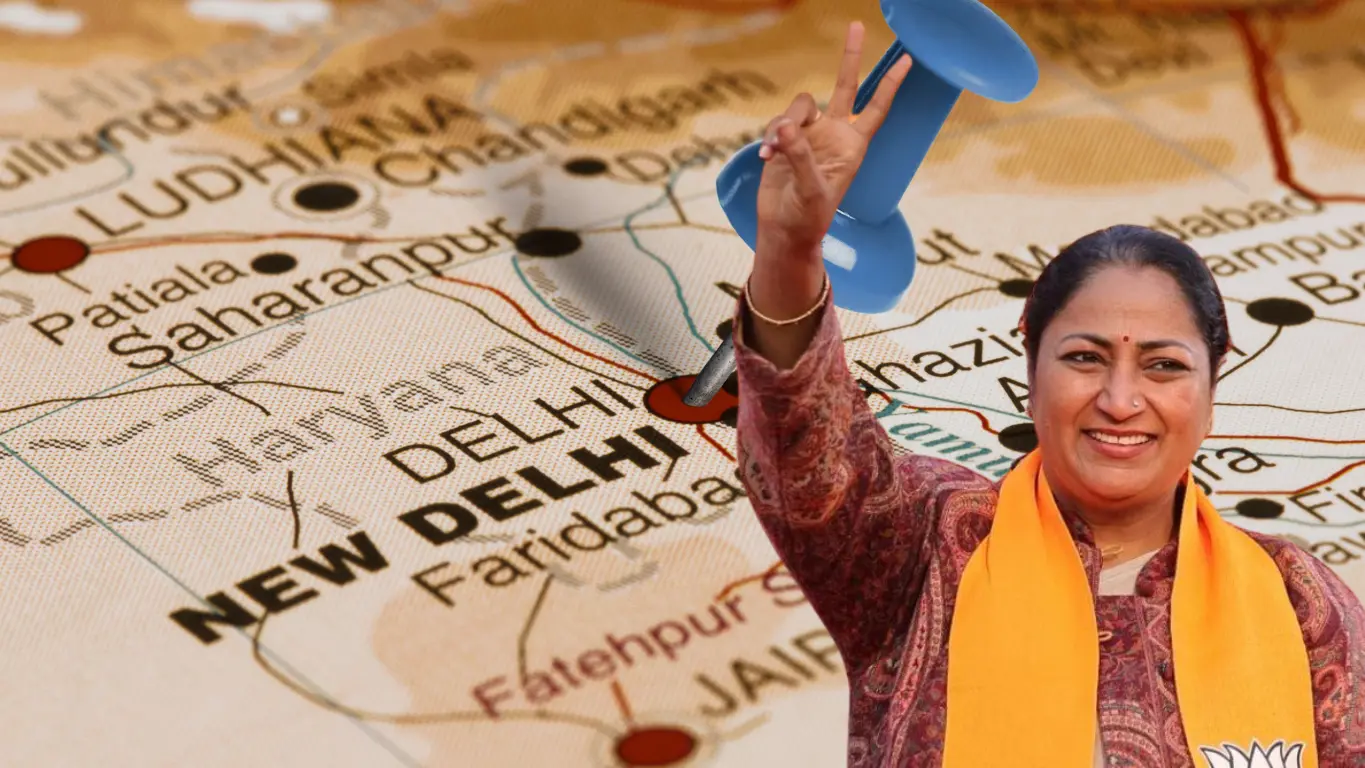
Early Life and Rise to Prominence
Pratibha Patil was born on December 19, 1934, in Nadgaon, a small village in Maharashtra’s Jalgaon district, to Narayan Rao Patil. Her academic journey laid a strong foundation—she earned a master’s degree in Political Science and Economics from Mooljee Jetha College, Jalgaon, and a Bachelor of Law from Government Law College, Mumbai. As detailed in her Wikipedia profile, this education propelled her into a career few could foresee culminating in the presidency.
Patil entered politics in the 1960s with the Indian National Congress (INC). She served as a member of the Maharashtra Legislative Assembly from 1962 to 1985, taking on various cabinet roles. Her allegiance to the INC and the Nehru-Gandhi family fueled her rise. Before becoming the first woman president of India, she broke another barrier as the first female Governor of Rajasthan from 2004 to 2007, showcasing her leadership prowess.
The Journey to Becoming the First Woman President of India
Patil’s presidential journey was a product of political strategy. In 2007, the United Progressive Alliance (UPA), led by the INC, nominated her after debates over other candidates like Shivraj Patil and Karan Singh. On July 19, 2007, she faced Bhairon Singh Shekhawat, a BJP stalwart and incumbent Vice-President, in the election. Patil won with nearly two-thirds of the votes, securing her place as the first woman president of India, as noted in her Wikipedia entry.
Her victory was a historic step for gender equality, though it sparked debate. Critics questioned her political experience, given her low national profile. Yet, supporters hailed her as a beacon of empowerment, proving women could lead at the apex of power.
Key Achievements During Her Presidency
Pratibha Patil’s term as the first woman president of India spanned July 25, 2007, to July 25, 2012. Though the presidency is largely ceremonial, she made impactful decisions. Notably, she commuted the death sentences of 35 convicts to life imprisonment—a record for any Indian president—after consulting the Home Ministry, according to her Wikipedia page. This reflected her compassionate stance on justice.
Patil also prioritized education and women’s empowerment. Through the Pratibha Patil Education Society, she supported underprivileged children’s education. On the global stage, she completed over 12 foreign trips, strengthening India’s diplomatic ties. Her role as the first woman president of India underscored women’s potential in leadership, inspiring future generations.
Controversies That Marked Her Tenure
The presidency of the first woman president of India faced significant scrutiny. One major controversy was her foreign travel. By May 2012, Patil had visited 22 countries across 13 trips, costing Rs 205 crore (Rs 2.05 billion), often with family members, as documented on Wikipedia. Critics decried this as lavish spending amid India’s economic struggles.
Another issue involved allegations tying her to a 2005 murder case linked to her brother, G.N. Patil. Vishram Patil’s widow accused Pratibha Patil of influencing the investigation into her husband’s death. Courts dismissed these claims in 2009, and though G.N. Patil was charged in 2015, no direct evidence implicated her, per Wikipedia. These controversies fueled perceptions of her tenure as controversial, overshadowing some achievements.
The Legacy of the First Woman President of India
What legacy did Pratibha Patil, the first woman president of India, leave? It’s a blend of triumph and critique. Her election shattered a major gender barrier, proving women could reach India’s highest office. Her clemency decisions and educational efforts showed compassion, while her international presence bolstered India’s global image. Yet, her term is often remembered for controversies rather than transformative governance.
Supporters view her as a pioneer whose presence as the first woman president of India challenged norms. Critics argue she was a figurehead shaped by political alliances, lacking a bold vision. Her legacy, thus, is one of symbolic victory tempered by practical limits.
How Pratibha Patil Inspired Future Generations
The election of the first woman president of India had a profound ripple effect. Patil’s rise from a village to the presidency inspired women to pursue leadership roles. Her story highlighted education and perseverance, offering a model for young girls in politics or public service. By becoming the first woman president of India, she fueled discussions on gender representation, a conversation still alive today.
Comparing Pratibha Patil with Other Female Leaders in India
To understand Patil’s impact, compare her to other female icons. Indira Gandhi, India’s first female Prime Minister, wielded executive power and reshaped the nation. Sarojini Naidu, the first woman president of the INC, led with charisma during the freedom struggle. Patil’s role as the first woman president of India, though ceremonial, was a historic milestone, complementing these legacies with a new chapter in women’s leadership.
Conclusion: A Trailblazer’s Lasting Impact
Pratibha Patil’s tenure as the first woman president of India blended groundbreaking achievement with public scrutiny. From humble beginnings to her historic election, she embodied the potential for women to break barriers. While controversies like her travel costs and family allegations drew criticism, her pioneering role endures. She paved the way for future female leaders, leaving a legacy of possibility.
As we reflect on who was the first woman president of India, we see a woman who defied odds to make history. Her story reminds us that leadership is about representation as much as action. What’s your take on Pratibha Patil’s legacy? Share below!


Pingback: Women Freedom Fighters: Unsung Heroes of India’s Struggle